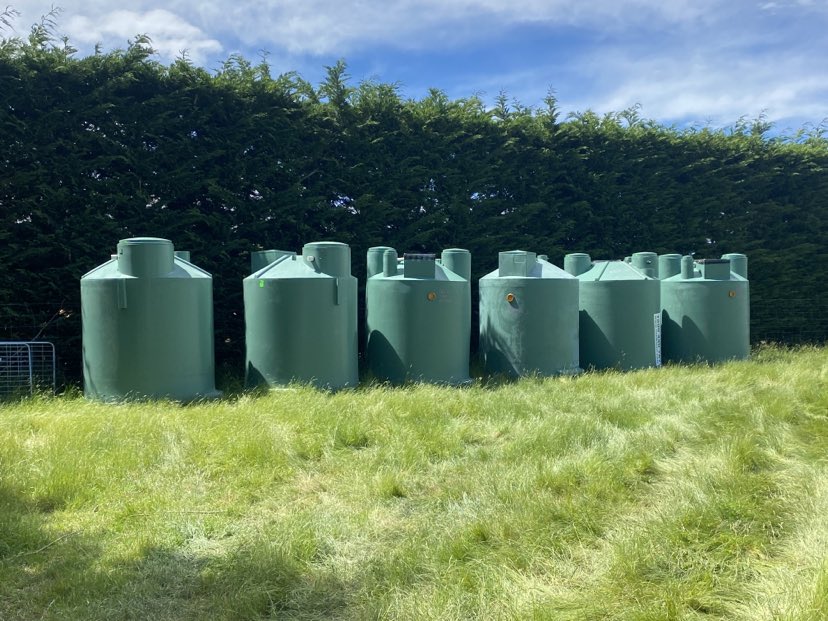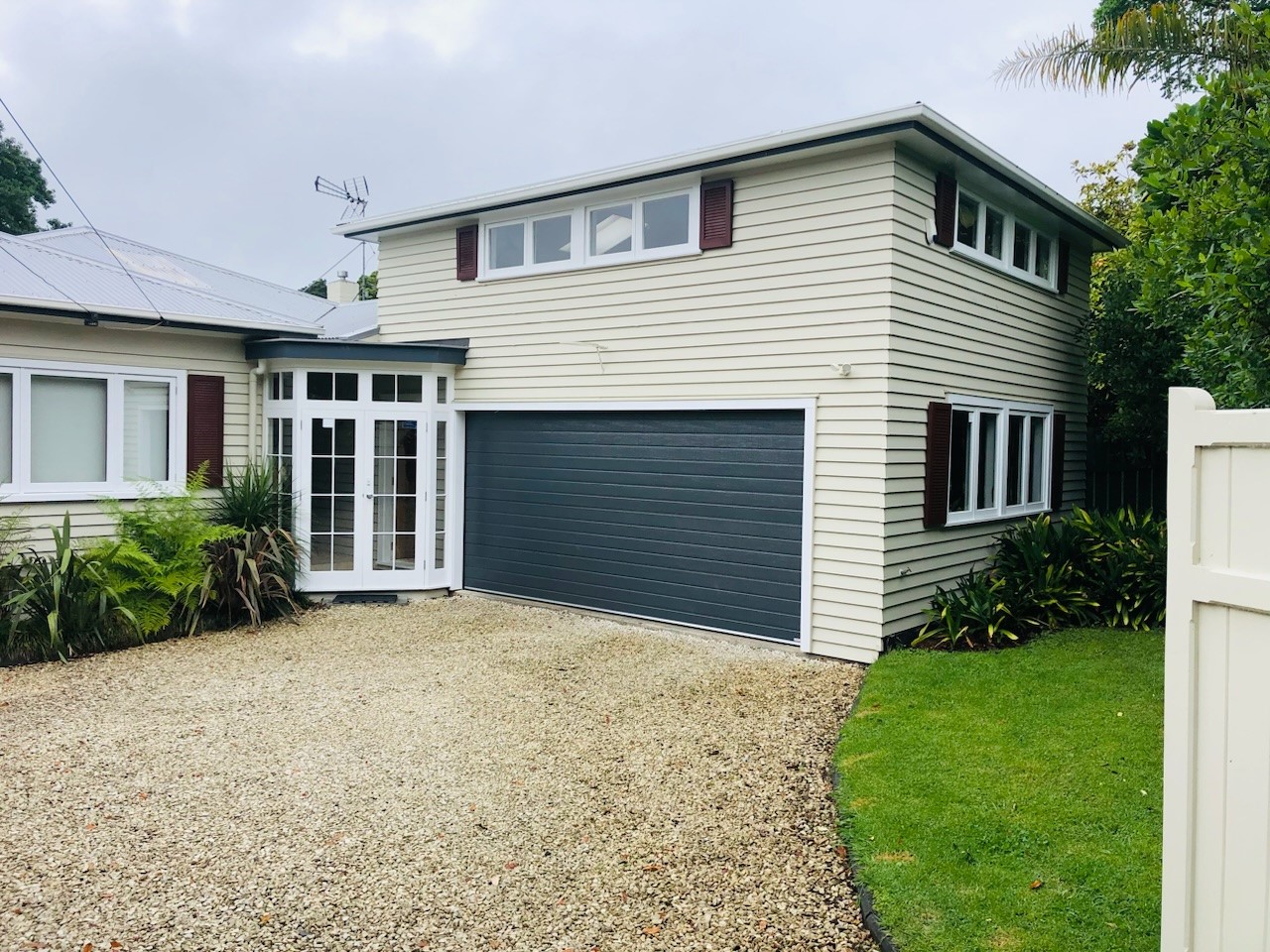For homeowners living on Auckland’s outskirts, septic tank installation is often a necessity when the property isn’t connected to the main sewer system. While the importance of having a well-functioning septic system cannot be overstated, budgeting for its installation can be complex.
This article provides insights into the various factors that influence the cost of installing a septic system in rural or semi-rural areas around Auckland, helping you plan for the investment.
Understanding Septic Tank Installation Costs in Auckland’s Outskirts
Overview of Septic Tank Installation Costs
The overall cost of installing a septic tank can vary depending on several factors, including the type of system, the complexity of installation, and the property’s location. For properties outside the city, costs can be influenced by the added challenges of working in more remote, rural settings.
Factors Affecting Cost on Auckland’s Outskirts
Rural properties come with unique challenges that can increase installation costs:
- Site Access: Properties that are hard to access, with limited or difficult road access, may require more extensive equipment or longer installation times, both of which can increase costs.
- Distance from Sewage Infrastructure: Properties further away from city infrastructure or public sewer lines will often require more complex, and therefore more expensive, septic systems.
- Environmental and Soil Conditions: Soil type and site conditions, such as steep slopes or rocky ground, play a significant role in the complexity and cost of installation.
Key Components That Affect Septic Tank Installation Costs
Septic Tank System Type
Different types of septic systems are available, and the choice you make will impact the overall cost. Some systems, such as traditional gravity-fed systems, are more cost-effective, while advanced systems like aerobic or sand filtration systems may offer better environmental benefits but come at a higher initial cost. The right system for your property depends on factors such as land size, soil conditions, and environmental concerns.
Land Size and Layout
Larger properties may require larger systems to effectively manage wastewater. A spacious property with varied terrain might also need a larger or more complex drainage field, which can drive up installation costs. The layout of your land, such as the slope or any obstructions, can also influence the amount of excavation work needed.
Labour and Permitting Costs
Labour costs for septic system installation can vary depending on the complexity of the project. Additional costs may arise for excavation, system setup, and connections. Furthermore, securing the necessary permits and meeting local council regulations is a vital part of the installation process. This often involves inspection fees and administrative costs.
Budgeting for Hidden Costs
Site Preparation and Excavation
Before the septic system can be installed, the site may need to be cleared, levelled, and excavated. The more challenging the terrain (e.g., rocky or overgrown land), the higher these preparation costs can be. If significant excavation is needed, it can increase the overall cost of the project.
Soil Testing and Environmental Assessments
Soil testing is often required before installation to determine if the land is suitable for a septic system. Poor soil conditions may require more expensive solutions. Additionally, an environmental assessment might be needed, particularly in sensitive areas. These assessments help ensure that the system won’t negatively impact the surrounding ecosystem.
Ongoing Maintenance Costs
Septic tanks require regular maintenance, including periodic pumping and inspections. Over time, you’ll also need to account for minor repairs and system upkeep. While these maintenance costs are spread out over time, they should still be factored into your overall budget to avoid unexpected expenses.

How to Save Money on Septic Tank Installation
Plan for Future Expansion
If your property is expected to grow or if water usage will likely increase over time, consider installing a larger system now. This can help you avoid future costs associated with upgrading or expanding the system, especially if the land is suitable for future expansion.
Choosing a Local Contractor with Expertise
Hiring a local contractor can be a cost-effective choice. Local installers are familiar with the unique challenges of rural properties and the regulations that apply in Auckland’s outskirts. Their local knowledge can help streamline the process and reduce potential delays or issues.
Opt for a Standard System Instead of High-end Models
While advanced, eco-friendly septic systems are a popular choice for their environmental benefits, they are often more expensive than standard models. If your property does not require a specialised system, opting for a more conventional septic tank could significantly lower your upfront costs.
Financing Options for Septic Tank Installation on Auckland’s Outskirts
Loans and Grants for Rural Properties
For homeowners in rural areas, financing options may be available through certain government grants or loans designed for rural development. These can help reduce the financial burden of septic tank installation. It’s worth researching local funding opportunities or speaking to financial institutions about specific rural financing options.
Payment Plans with Installers
Some septic tank installation companies may offer flexible payment plans, allowing you to spread the cost of installation over several months or years. It’s important to inquire about these options early in the process, as they can make the installation more affordable in the short term.
Council Regulations and Compliance Costs
Understanding Auckland Council’s Septic Tank Requirements
Auckland Council has strict regulations that govern the installation of septic tanks to protect public health and the environment. These regulations include specific requirements regarding system design, installation, and maintenance. Compliance with these rules is essential and may involve permit fees, inspections, and other associated costs.
Resource Consent for Rural Properties
For some rural properties, resource consent may be required before installing a septic system. This can involve applying to the local council and covering the associated application and review fees. Understanding when and why consent is needed will help you budget for these additional costs.
Case Study: Budgeting for a Septic Tank Installation on an Auckland Outskirts Property
Consider a rural property with varying terrain and soil conditions. The homeowner needs a septic tank system with a drainage field to accommodate the wastewater requirements of the household. The costs will include the septic system installation, excavation, soil testing, and potential council permit fees.
For this type of installation, factors such as the accessibility of the property, the complexity of the land layout, and local regulations all play a role in determining the final cost. A well-planned budget can help anticipate these factors and minimise surprises during installation.
Final Tips for Effective Budgeting
Get Multiple Quotes
When budgeting for septic tank installation, it’s essential to get quotes from several contractors. This will give you a better understanding of the market rate and allow you to compare different options, services, and installation times.
Factor in Long-Term Savings
Consider investing in a septic system that may have a higher upfront cost but offers lower maintenance and operational costs in the long run. More energy-efficient or eco-friendly systems may cost more to install but can provide savings over time through reduced maintenance or energy use.
Prepare for Unexpected Costs
Even with thorough planning, unexpected issues can arise during the installation process. Setting aside a contingency fund of around 10-15% of your estimated budget can help you cover any unforeseen expenses.
Wrapping Up
Budgeting for septic tank installation on properties in Auckland’s outskirts requires careful planning, a good understanding of the factors involved, and an awareness of the potential hidden costs.
By considering site conditions, choosing the right system, and preparing for future expenses, you can ensure that your installation is both cost-effective and efficient.


